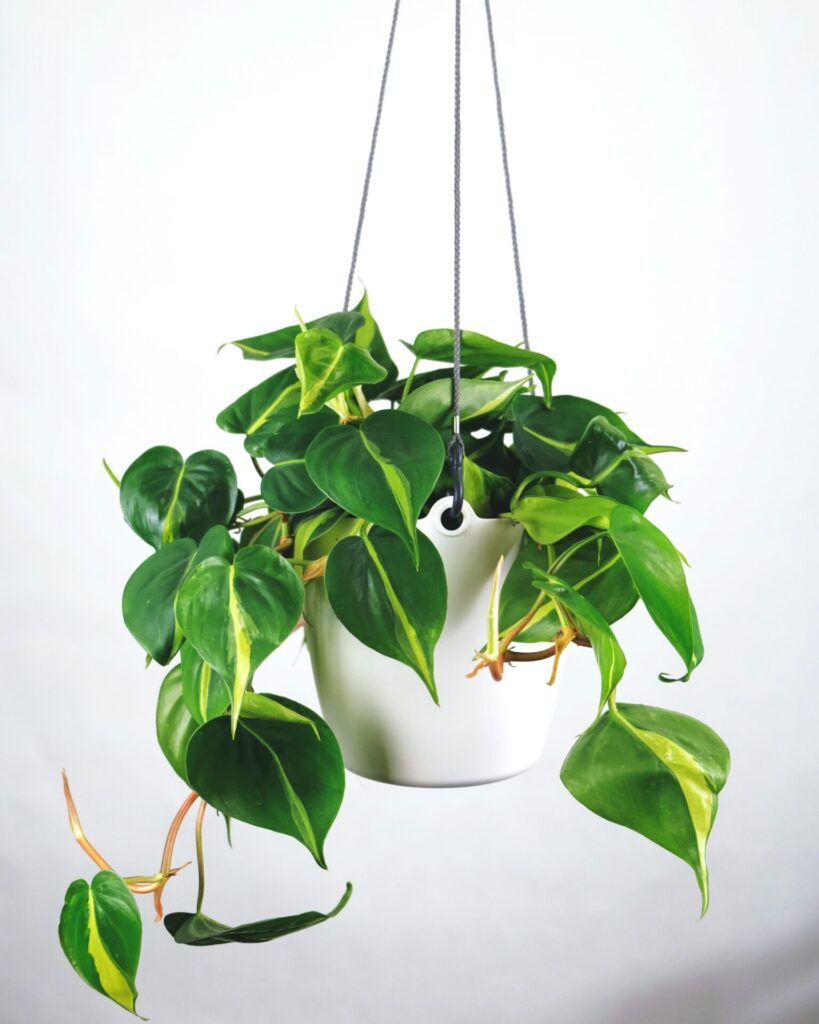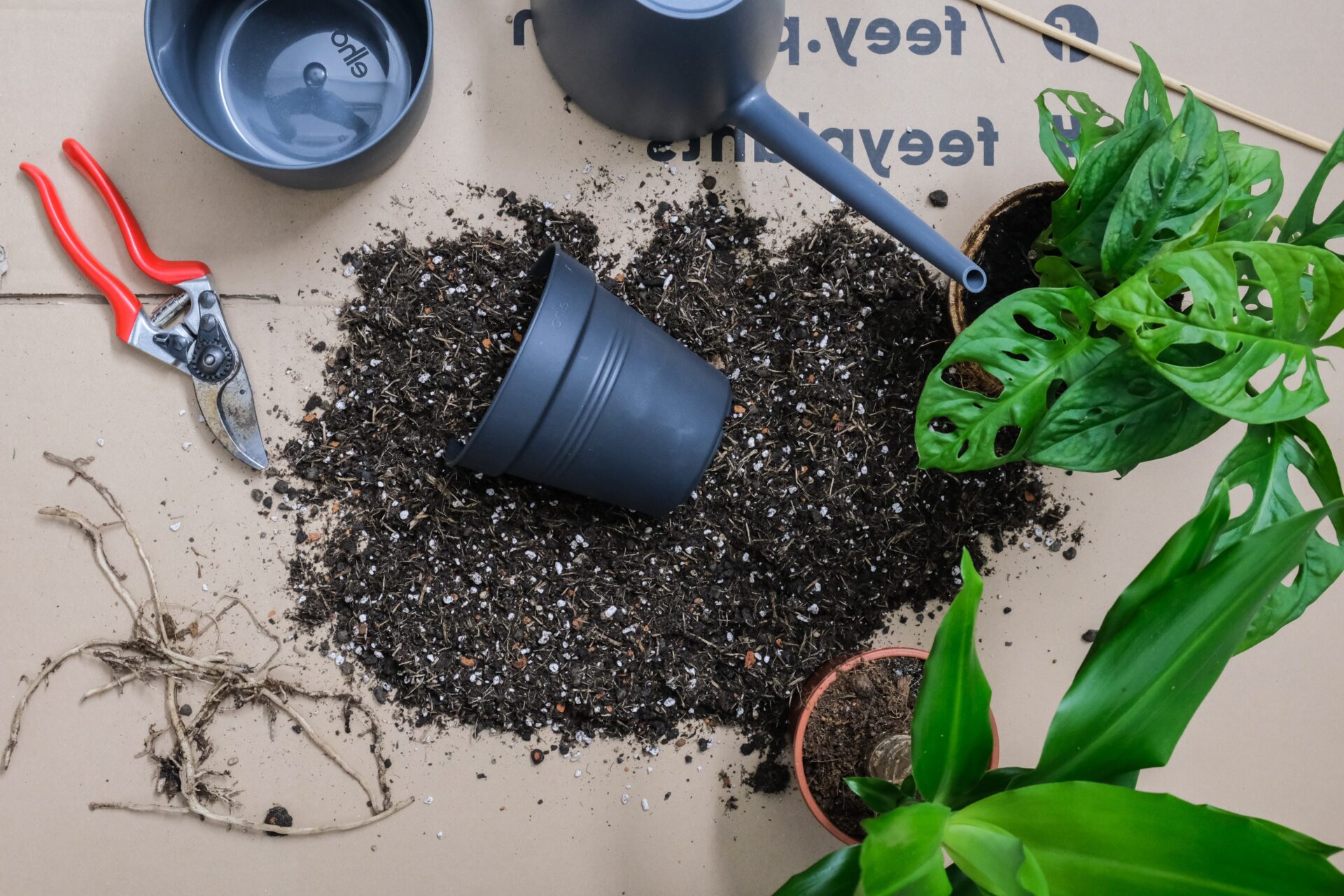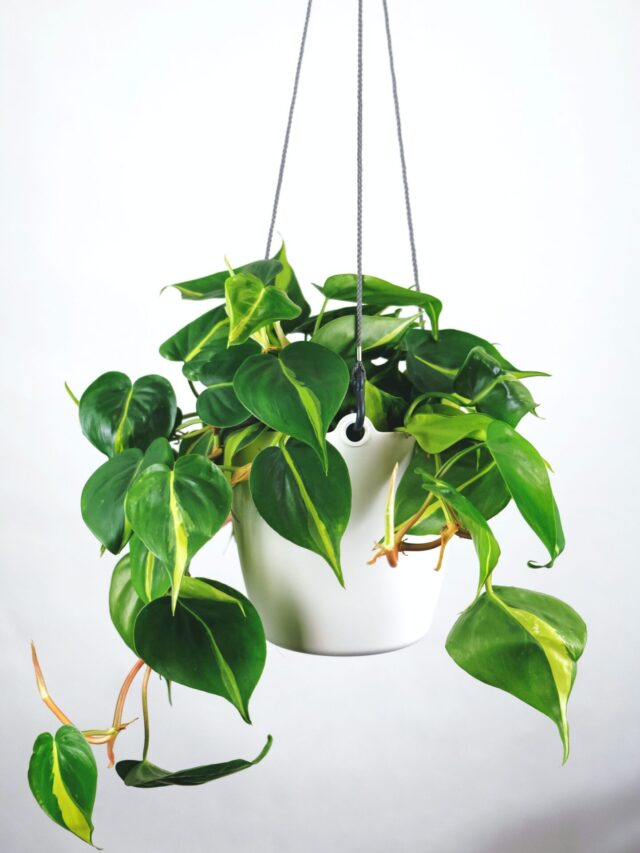Care for Indoor Plants – Indoor plants not only beautify your living space but also offer a breath of fresh air and a connection to nature. However, caring for indoor plants requires more than just placing them on a windowsill. In this guide, we’ll delve into the intricacies of indoor plant care, providing you with insights and practical tips to ensure your plants flourish. Whether you’re a seasoned plant parent or a beginner, this comprehensive guide has you covered.
How to Care for Indoor Plants?
Caring for indoor plants involves a combination of factors that contribute to their overall health and vitality. Let’s explore each aspect in detail.
Choosing the Right Indoor Plants
Selecting the appropriate indoor plants for your home is the first step toward successful plant care. Consider factors such as light availability, humidity levels, and your personal preferences. Some popular indoor plant options include:
- Snake Plant (Sansevieria): Known for its air-purifying properties and low maintenance requirements, the snake plant thrives in low light conditions.
- Spider Plant (Chlorophytum comosum): This resilient plant adds a touch of elegance to any space and can adapt to various lighting conditions.
- Peace Lily (Spathiphyllum): With its striking white blooms, the peace lily is an excellent choice for bright, indirect light.

Providing Adequate Lighting
Proper lighting is crucial for indoor plant growth. Different plants have varying light requirements, and understanding these needs is essential.
- Low Light Plants: Place plants like the snake plant and ZZ plant in areas with minimal sunlight, such as corners or rooms with north-facing windows.
- Medium Light Plants: Plants like the pothos and philodendron thrive in moderate, indirect light. Position them near east or west-facing windows.
- Bright Light Plants: Succulents and cacti prefer bright, direct sunlight. A south-facing window is an ideal location for these sun-loving plants.
Watering Indoor Plants
Overwatering or underwatering is a common pitfall in plant care. Tailor your watering routine to the specific needs of each plant.
- Testing Soil Moisture: Insert your finger into the soil up to your knuckle. If the soil feels dry, it’s time to water; if it’s still moist, wait a few days.
- Watering Techniques: Use a watering can with a narrow spout to direct water to the soil. Ensure the pot has drainage holes to prevent waterlogged roots.
- Watering Frequency: The frequency of watering varies by plant type. Succulents require infrequent watering, while ferns prefer consistently moist soil.
Humidity and Temperature
Creating a suitable environment for your indoor plants involves managing humidity and temperature levels.
- Humidity: Mist your plants regularly or place a tray of water near them to increase humidity. Tropical plants like ferns and orchids thrive in higher humidity.
- Temperature: Most indoor plants prefer temperatures between 65-75°F (18-24°C). Avoid placing plants near drafts, heaters, or air conditioning vents.
You can also check these 10 Tips for Caring for Indoor Plants:-
Repotting and Fertilizing
As your indoor plants grow, they may outgrow their pots or deplete the nutrients in the soil.
- Repotting: Monitor the roots and repot your plant when it becomes root-bound. Choose a pot that’s one size larger and provides good drainage.
- Fertilizing: Use a balanced liquid fertilizer during the growing season (spring and summer) to nourish your plants. Follow the recommended dosage on the label.
Pruning and Grooming
Pruning is essential for maintaining the shape and health of your indoor plants.
- Removing Dead Leaves: Regularly remove yellowing or dead leaves to encourage new growth and prevent disease.
- Pinching and Pruning: Pinch the tips of plants like basil to encourage bushier growth. Prune leggy growth to redirect energy to healthier parts.
Frequently Asked Questions (FAQs)
How often should I water my indoor plants?
The frequency of watering depends on factors like plant type, pot size, and environmental conditions. As a general guideline, water when the top inch of soil feels dry to the touch.
Can I use regular garden soil for indoor plants?
It’s best to use a well-draining potting mix specifically formulated for indoor plants. Garden soil is often too dense and may not provide adequate aeration and drainage.
Why are the leaves of my plant turning brown?
Brown leaves could indicate overwatering, underwatering, or poor drainage. Assess your watering habits and ensure proper drainage to address the issue.
Should I fertilize my indoor plants during the winter months?
Most indoor plants enter a period of dormancy in winter, so they require less frequent feeding. You can reduce the frequency of fertilization to every 6-8 weeks during this time.
How do I prevent pests from infesting my indoor plants?
Inspect your plants regularly for signs of pests like small webs, tiny insects, or yellowing leaves. Quarantine new plants before introducing them to your collection, and use natural remedies like neem oil or insecticidal soap.
Can I place indoor plants in my bathroom?
Yes, the bathroom can provide a humid environment that benefits many indoor plants. Be sure to choose plants that tolerate low light conditions if your bathroom has limited natural light.
Conclusion – Care for Indoor Plants
Caring for indoor plants is a rewarding journey that offers both aesthetic and therapeutic benefits. By understanding the unique requirements of your plants and providing them with the right care, you can create a thriving indoor garden that brings life and vibrancy to your living space. Remember to tailor your care routine to each plant’s specific needs, and don’t hesitate to experiment and learn along the way.

